SBOS487B June 2009 – March 2020 PGA280
PRODUCTION DATA.
- 1 Features
- 2 Applications
- 3 Description
- 4 Revision History
- 5 Pin Configuration and Functions
- 6 Specifications
-
7 Detailed Description
- 7.1 Overview
- 7.2 Functional Block Diagram
- 7.3 Feature Description
- 7.4 Device Functional Modes
- 7.5 Programming
- 7.6
Register Map
- 7.6.1 Register 0: Gain and External MUX Address (address = 00h) [reset = 0000 0000b]
- 7.6.2 Register 1: Software Reset Register (address = 01h) [reset = 0000 0000b]
- 7.6.3 Register 2: SPI: MODE Selection to GPIO-Pin (address = 02h) [reset = 0000 0000b]
- 7.6.4 Register 3: BUF Timeout Register (address = 03h) [reset = 0001 1001b]
- 7.6.5 Register 4: Error Register (address = 04h) [reset = 0000 0000b]
- 7.6.6 Register 5: GPIO Register (address = 05h) [reset = 0000 0000b]
- 7.6.7 Register 6: Input Switch Control Register 1 (address = 06h) [reset = 0110 0000b]
- 7.6.8 Register 7: Input Switch Control Register 2 (address =07h ) [reset = 0000 0000b]
- 7.6.9 Register 8: GPIO Configuration Register (address = 08h) [reset = 0000 0000b]
- 7.6.10 Register 9: CS Configuration Mode Register (address = 09h) [reset = 0000 0000b]
- 7.6.11 Register 10: Configuration Register 1 (address = 0Ah) [reset = 0000 0000b]
- 7.6.12 Register 11: Configuration Register 2 (address = 0Bh) [reset = 0001 0000b]
- 7.6.13 Register 12: Special Functions Register (address = 0Ch) [reset = 0000 0000b]
- 8 Application and Implementation
- 9 Power Supply Recommendations
- 10Device and Documentation Support
- 11Mechanical, Packaging, and Orderable Information
Package Options
Mechanical Data (Package|Pins)
- PW|24
Thermal pad, mechanical data (Package|Pins)
Orderable Information
6.4 Typical Characteristics
At TA = +25°C, VSP = +15V, VSN = –15V, VSON = 0V, VSOP = 5V, DVDD = +3V, DGND = 0V, RL = 2.5kΩ to VSOP/2 = VOCM, G = 1V/V, using internal clock, BUF inactive, VCM = 0V, and differential input and output, unless otherwise noted.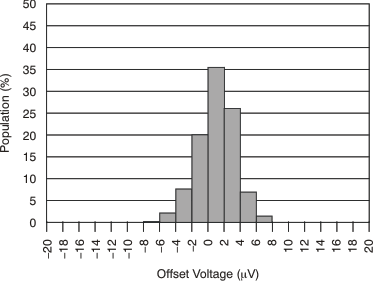 Figure 2. Offset Voltage Production Distribution (G = 128)
Figure 2. Offset Voltage Production Distribution (G = 128) 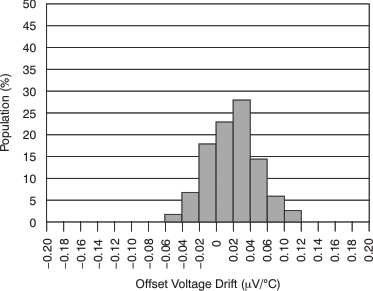 Figure 4. Offset Voltage Drift Distribution (G = 128)
Figure 4. Offset Voltage Drift Distribution (G = 128) 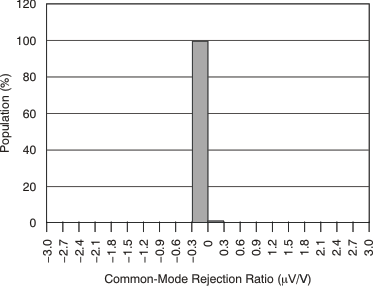 Figure 6. Common-Mode Rejection Distribution (G = 128)
Figure 6. Common-Mode Rejection Distribution (G = 128) 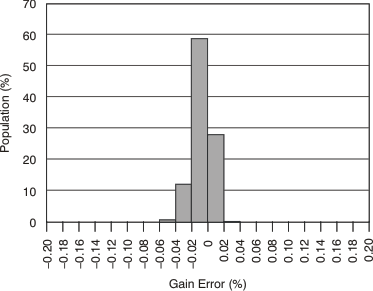 Figure 8. Gain-Error Distribution (G = 128)
Figure 8. Gain-Error Distribution (G = 128) 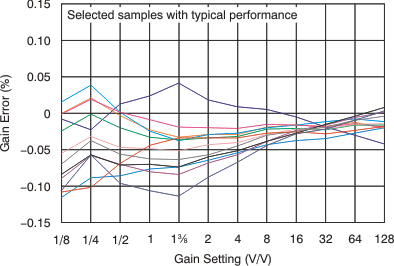
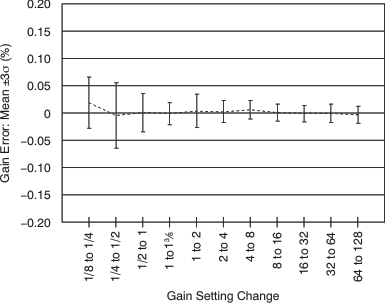 Figure 12. Maximum Gain-Error Deviation Between
Figure 12. Maximum Gain-Error Deviation Between
Sequential Gain Settings (Mean With ±3 σ)
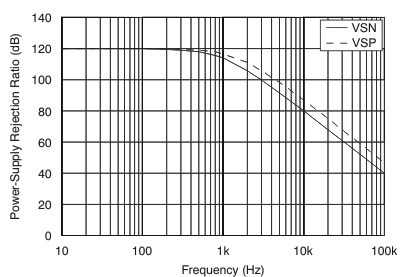
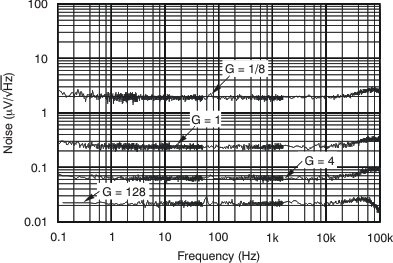
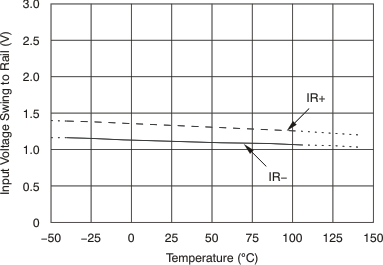
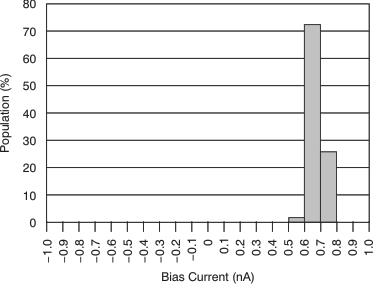 Figure 20. Input Bias Current Distribution (G = 128)
Figure 20. Input Bias Current Distribution (G = 128) 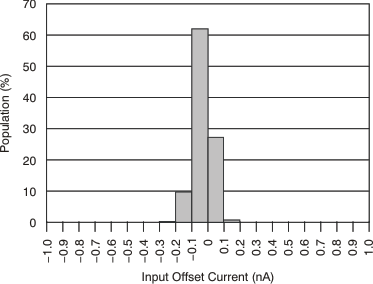 Figure 22. Input Offset Current Distribution (G = 1, G = 128)
Figure 22. Input Offset Current Distribution (G = 1, G = 128) 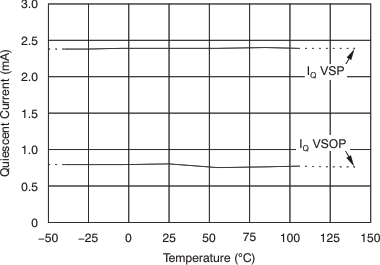 Figure 24. Quiescent Current From Supplies (VSP and VSOP) vs Temperature
Figure 24. Quiescent Current From Supplies (VSP and VSOP) vs Temperature 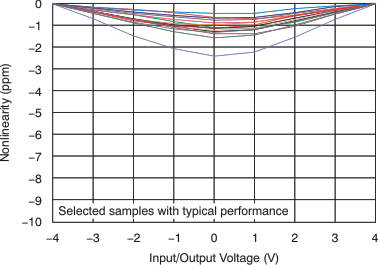
(G = 1)
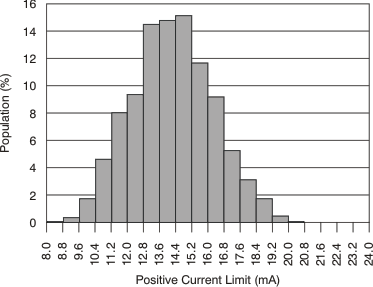
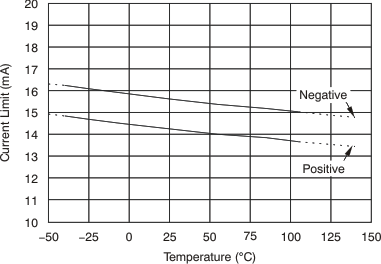
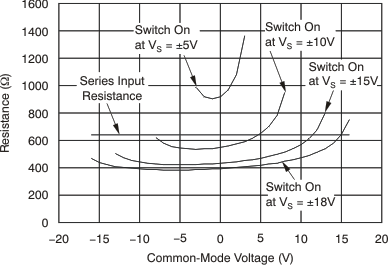 Figure 32. Switch-On Resistance
Figure 32. Switch-On Resistance
and Series Input Resistance
vs Common-Mode Voltage at Various Supply Voltages
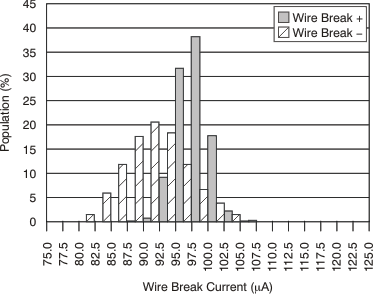 Figure 34. Wire Break Current Distribution
Figure 34. Wire Break Current Distribution 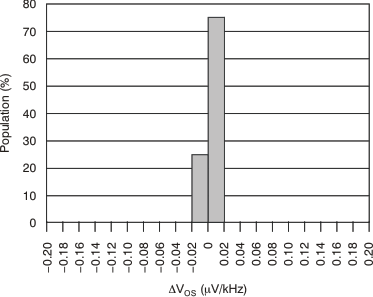 Figure 36. Influence of External Clock Frequency to
Figure 36. Influence of External Clock Frequency to
VOS Performance (G = 128)
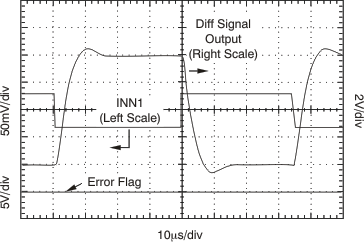
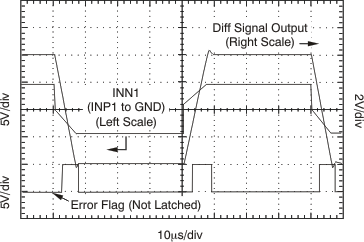
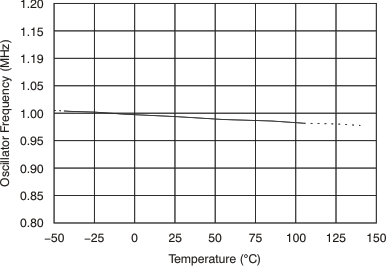
Temperature
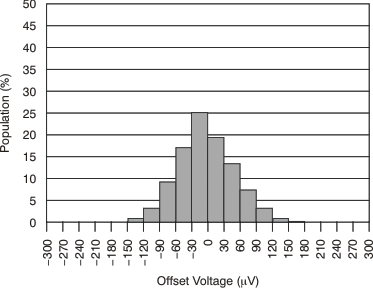 Figure 3. Offset Voltage Production Distribution (G = 1)
Figure 3. Offset Voltage Production Distribution (G = 1) 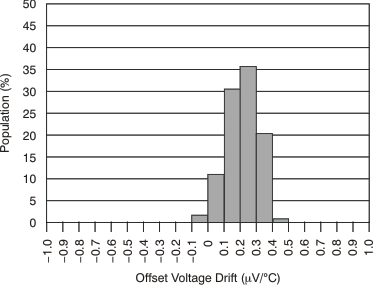 Figure 5. Offset Voltage Drift Distribution (G = 1)
Figure 5. Offset Voltage Drift Distribution (G = 1) 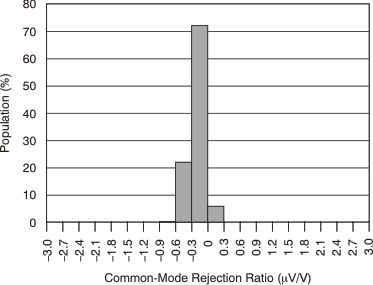 Figure 7. Common-Mode Rejection Distribution (G = 1)
Figure 7. Common-Mode Rejection Distribution (G = 1) 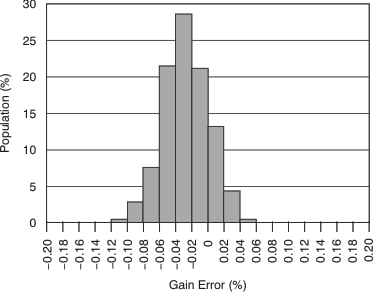 Figure 9. Gain-Error Distribution (G = 1)
Figure 9. Gain-Error Distribution (G = 1) 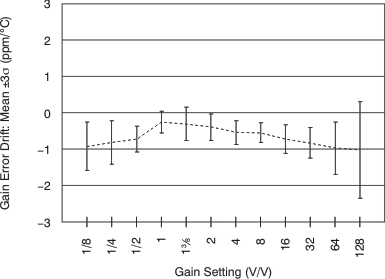 Figure 11. Gain-Error Drift Distribution
Figure 11. Gain-Error Drift Distribution
vs Gain Setting (Mean With ±3 σ)
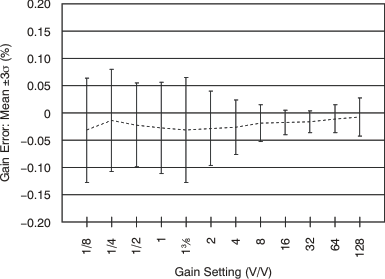
Gain Setting (Mean With ±3σ)
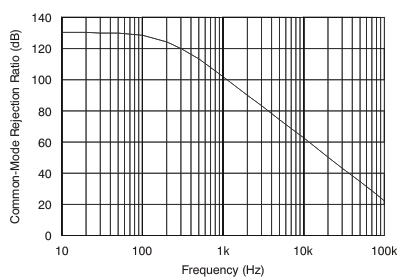
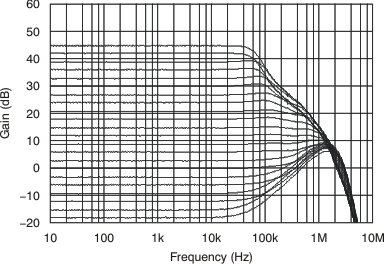
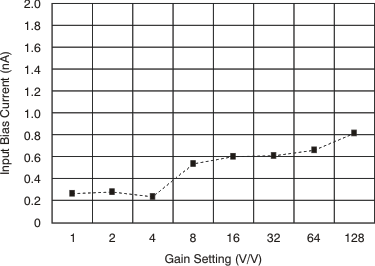
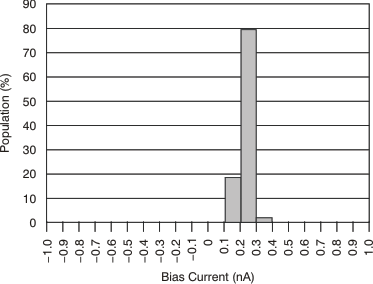 Figure 21. Input Bias Current Distribution (G = 1)
Figure 21. Input Bias Current Distribution (G = 1) 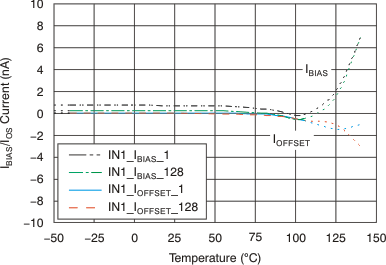
vs Temperature
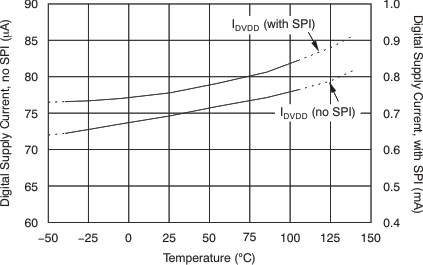 Figure 25. Digital Supply Current
Figure 25. Digital Supply Current
With and Without SPI Communication
vs Temperature
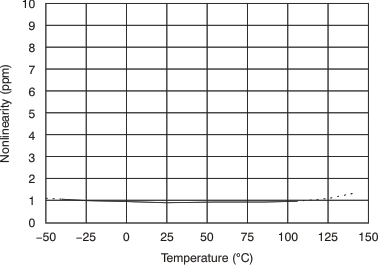
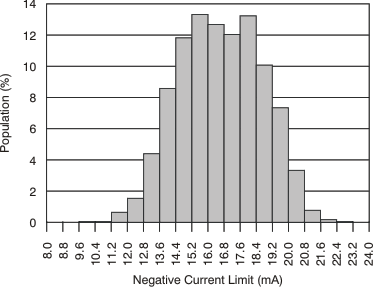
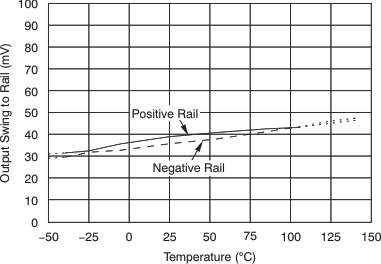
(VSOP – VSON = 5 V)
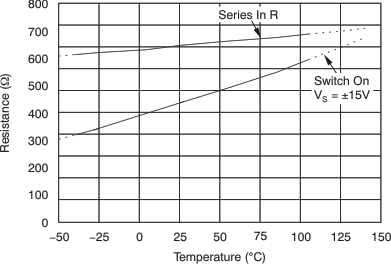 Figure 33. Switch-On Resistance
Figure 33. Switch-On Resistance
and Series Input Resistance
vs Temperature
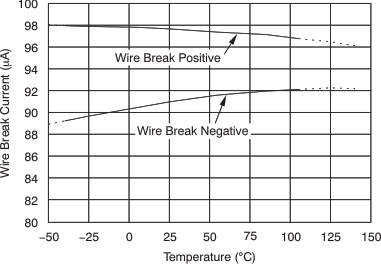
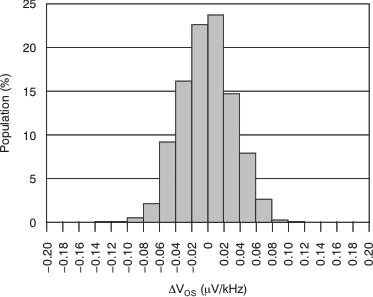 Figure 37. Influence of External Clock Frequency to
Figure 37. Influence of External Clock Frequency to
VOS Performance (G = 1)
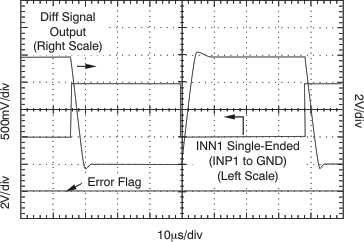
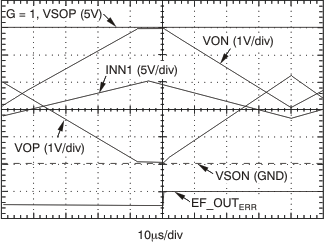
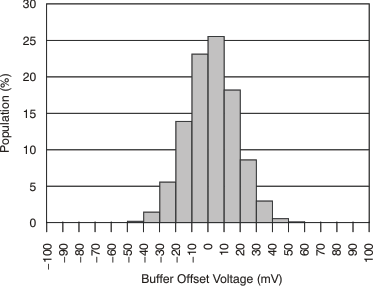 Figure 43. Input Current Buffer Offset Voltage Distribution
Figure 43. Input Current Buffer Offset Voltage Distribution